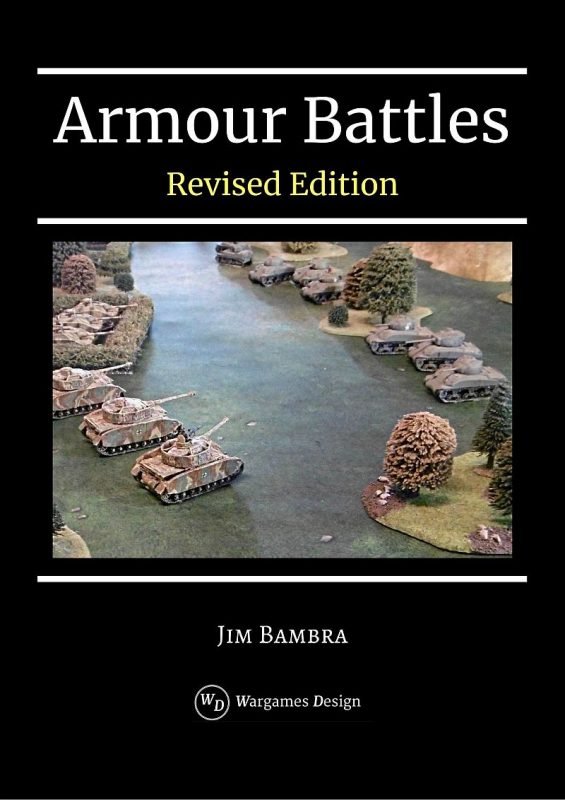 Playtesting with Western Desert scenarios threw up the interesting problem of how tanks armed only with machine guns could damage each other. The answer proved to be easy: deduct the target’s Reaction Dice from the machine gun’s Firepower. It meant that a machine gun firing with six dice against a tank with three Reaction Dice rolled three dice. The target tank could be damaged, but the chances of doing so were reduced.
Playtesting with Western Desert scenarios threw up the interesting problem of how tanks armed only with machine guns could damage each other. The answer proved to be easy: deduct the target’s Reaction Dice from the machine gun’s Firepower. It meant that a machine gun firing with six dice against a tank with three Reaction Dice rolled three dice. The target tank could be damaged, but the chances of doing so were reduced.
The tank battles with cruisers were swift affairs and helped hammer out the movement mechanic and vehicle breakdown rules. Basically, don’t roll more 1s than 6s when moving and your vehicles won’t breakdown. As this was only possible on a double or triple move, you only ran the risk when you moved fast, but you could offset it by using a Wild Dice to replace the Variable Move.
Originally, units reduced their number of firing dice for movement, long range, being disordered, how many hits they’d taken, and for flank and rear fire. They gained extra dice for close range and for firing into the enemy flank. It worked, but there was too much time spent adding and subtracting dice, often just to arrive back at the number you’d started with. It was time to look at Target Numbers: the number you need to roll to be successful. In the ‘add and subtract’ dice system, you needed to roll a 4+ to succeed. Now the number of dice remained constant.
For example, when firing at effective range you need a 4+ to succeed; at close range you need a 3+; and at long range you need a 5+. I then played around with the effect of movement on firing: did it make it harder to hit or did it reduce your number of dice? In the end I went for losing one dice for a double move and losing two dice for a triple move. It’s quick and easy to remember.
Rather than being a modifier to firing, cover adds to a target’s Reaction Dice. Units are better protected and feel more confident when in cover. Again it’s easy to remember that Light Cover gives you one extra dice, and Medium Cover gives you two.



